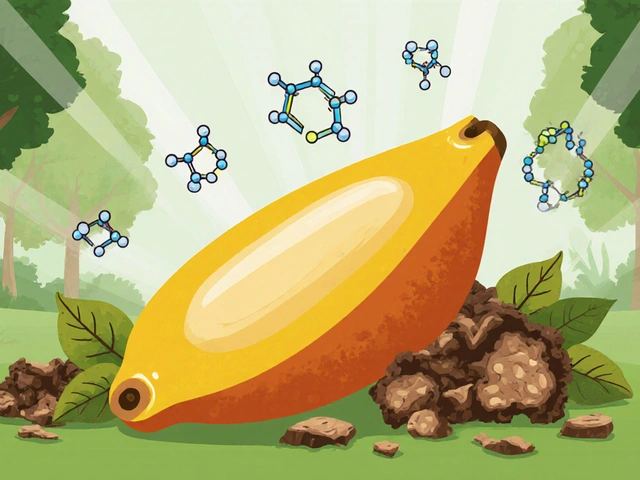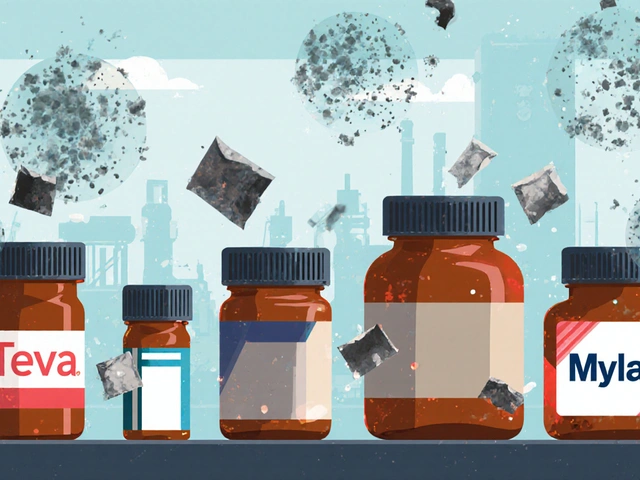Stomach Acid Reduction – Easy Steps to Calm Your Stomach
If you’re tired of that burning feeling after meals, you’re not alone. Too much stomach acid can spoil your day, but a few everyday changes can make a big difference. Below are practical moves you can start today to keep the acid in check.
Everyday Habits That Cut Acid
First, look at what you eat. Spicy foods, citrus, tomatoes, chocolate, and coffee are common triggers. Try swapping them for milder options like oatmeal, bananas, or grilled chicken. You don’t have to give up everything you love; just watch the portion size and pair them with a neutral food.
How you eat matters, too. Eating large meals forces the stomach to work harder and pump more acid. Aim for smaller, more frequent meals—think five to six bites a day instead of three huge plates. Chewing slowly gives your brain a heads‑up, so it can tone down acid production.
Don’t go to bed right after dinner. Lying down makes it easy for acid to travel up the esophagus. Wait at least two to three hours before you hit the pillow. If you need a snack before bed, keep it light—like a handful of almonds or a slice of toast.
Weight can play a role as well. Extra belly fat presses on the stomach and pushes acid upward. Even a modest walk after meals, or a short daily jog, can lower that pressure and cut reflux episodes.
Finally, watch your drinks. Carbonated sodas and alcohol relax the lower esophageal sphincter, the valve that stops acid from moving back up. Stick to water, herbal tea, or a splash of low‑fat milk if you need something soothing.
Medicines and When to Use Them
When lifestyle tweaks aren’t enough, over‑the‑counter (OTC) meds can help. Antacids, like calcium carbonate, quickly neutralize acid and give fast relief. They’re great for occasional heartburn, but don’t rely on them all day.
For frequent symptoms, consider H2 blockers (e.g., ranitidine, famotidine). They reduce the amount of acid the stomach makes and work within an hour. Take them before meals that usually cause trouble.
Proton pump inhibitors (PPIs) such as omeprazole or lansoprazole are the strongest OTC options. They block acid production more completely, but they need a few days to kick in. Use PPIs only after a doctor’s advice, especially if you plan to stay on them longer than a few weeks.
Remember, meds treat the symptom, not the cause. Keep track of what triggers your flare‑ups, and bring that list to your doctor. Sometimes an underlying condition like a hiatal hernia or gastritis needs specific treatment.
In short, most people can tame stomach acid with a mix of smart food choices, better eating habits, and the right OTC aid when needed. Start with one or two habit changes, see how you feel, and add more if you still notice discomfort. Your stomach will thank you, and you’ll get back to enjoying meals without the dreaded burn.
When it comes to preventing ulcers and reducing stomach acid, Cytotec isn't the only option available in 2024. There are several effective alternatives including Omeprazole, Famotidine, and Pantoprazole that work to reduce or manage stomach acid in different ways. Each alternative comes with its own benefits and downsides, such as varying side effects and ease of use. It's important to consider these factors when choosing the best medication for individual needs. The right choice depends on individual circumstances, tolerance levels, and medical history.
Categories
Archives
Recent-posts
Antibiotic Resistance: Understanding Why Your Medication Changes and New Treatment Choices
Apr, 26 2025



 Medications
Medications




